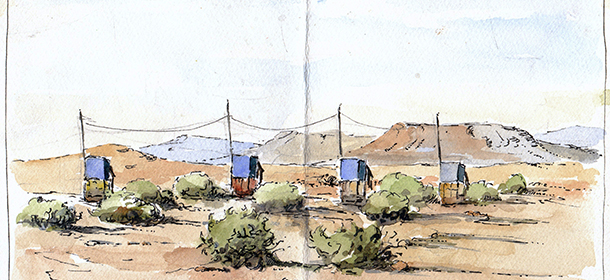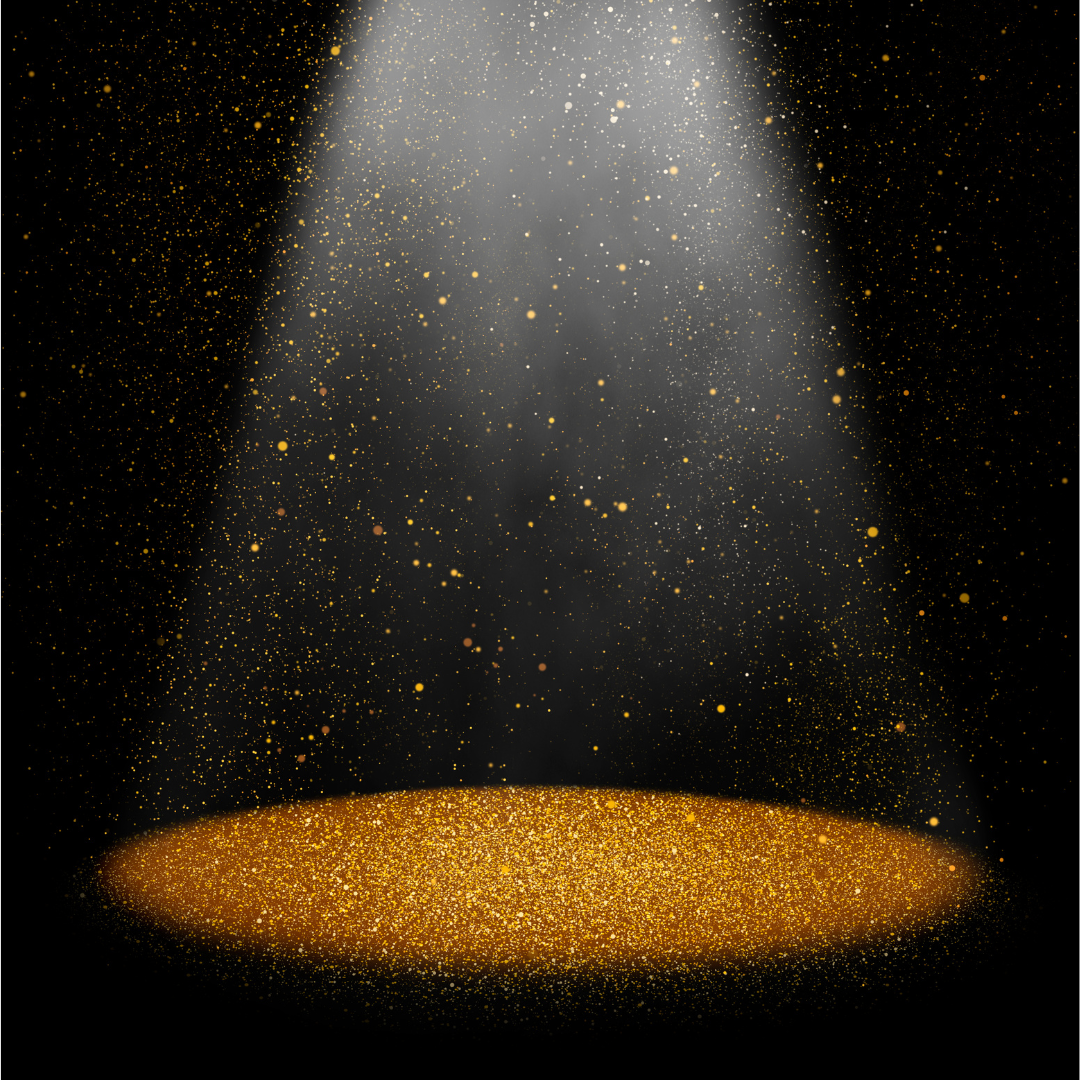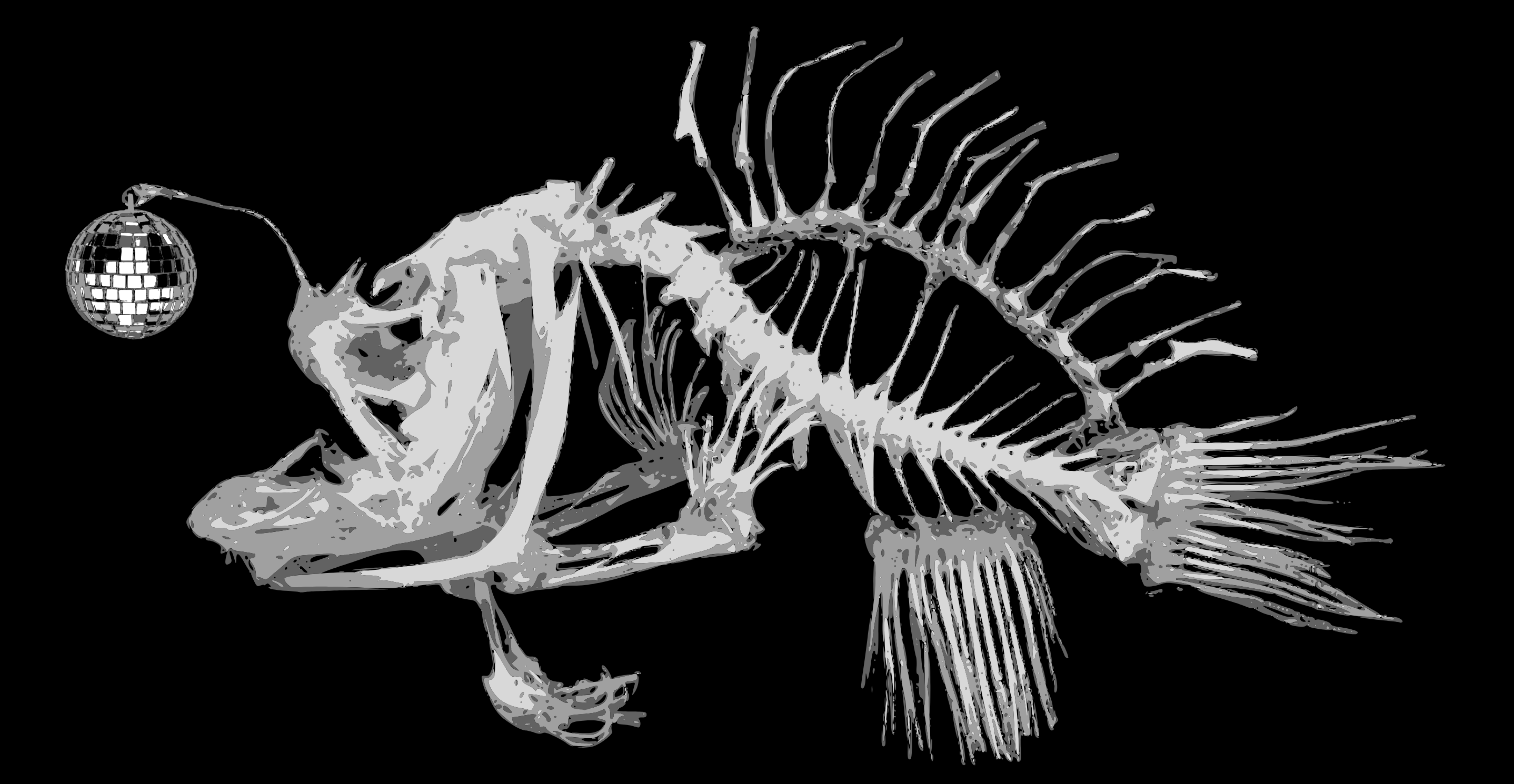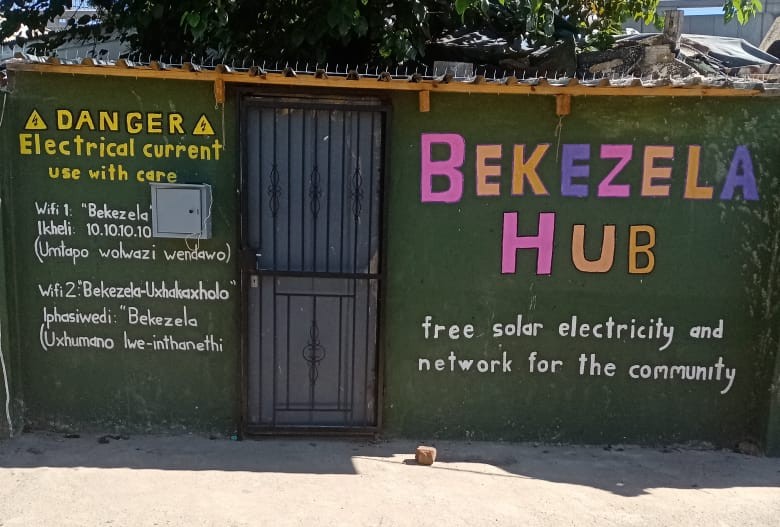Words: Cara Morris / Pics: as per credit
It’s time for another episode of kakpraat with Princess Caralot!
Only this time, we’re not talking toilets – we’re talking actual kak, and what happens to it post-event.
Back when we implemented our new toilet system in 2018, a big part of the reason we chose this specific system was so that we could compost everything after the event. And we’re now at the stage where this is being realised. Yip, it’s true: our kak is going to help trees & plants in the Tankwa grow by becoming humanure. It’s Black Gold, people.
Here’s how the process has worked so far: after our 2018 event, everything that was pumped out of the toilets was pumped into a big shiny kakdam just off site (amounting to just over 160 000 litres). If you looked out past the Clan this year, you may have seen a round silver thing glinting in the distance: that’s the kakdam!
Once everything was put into the dam it needed some time to break down. Our crew hauled up to the Tankwa to check on it a couple of times over the year (opening a hatch and staring down into a literal pool of shit is a pretty kak experience – but totes worth it!) and reached the conclusion that if we were going to do this, we wanted to do it right; so we called in the pros to assist and train us.
We chatted to a couple composting experts about how they reckoned the best way to process all of the effluent would be; and found a composting company partner that had the expertise and infrastructure we needed to make this work for us. In making this collaboration possible, we must salute Eddie Redelinghuys from Reliance Compost, who have been in the game for many years and provided important advice and guidance. In the spirit of supporting local, we also reached out to the local Hantam municipality to help us get the kak from the dam and over to the composting site and they agreed. Now that we had a power team we were ready!
A couple of days after our 2019 event, Ephemeropolis, our composting partner brought in some starter compost, and some super zippy heavy machinery (a churner and a teeny tiny ‘dozer). They made four 30x60m mounds with their starter compost and Oom Willem from Hantam Municipality started the process of “wetting” the mounds with the liquid from the kakdam. Once all the mounds were saturated (about 8 trips of the 5000 litre honeysucker), the mixture was churned up and was left to sit for a day to dry before we could repeat the process.
Turning all the kak from 2018 plus the kak that was pumped out during the 2019 event (around 30 000 litres) into compost took a total of 11 days. After 11 days, nearly 200 000 litres of human waste became healthy compost with no flies and minimal smell (we were very worried about the smell, I’m not gonna lie). It exceeded all of our expectations.
Side note: you might be asking yourself ‘How does liquid humanure end up as healthy compost that attracts no flies and doesn’t smell?’. It’s a very good question, and the answer is simple: out in the baking hot Tankwa Karoo, the combination of a very dry atmosphere with virtually no humidity, extreme heat and a very high UV index means that pathogens and bacteria stand very little chance of surviving under these conditions. So, once the compost is mixed into our humanure and left to bake (literally) in the sun and dry air, it’s effectively sterilised and breaks down into nutrients with little to no smell at all. To be honest, at our first-hand inspection, it smelled less than normal compost (probably on account of being so damn dry). Turns out, the Tankwa is the ideal location to do this.
So what’s the current shituation of our humanure?
Because of our storage capacity, we were only able to process the waste from 2018 and the waste that was pumped out during the event this year. The bulk of the waste from 2019 (around 130 000 litres) was pumped from the toilets into the kakdam and will be left to break down for around 6 months.
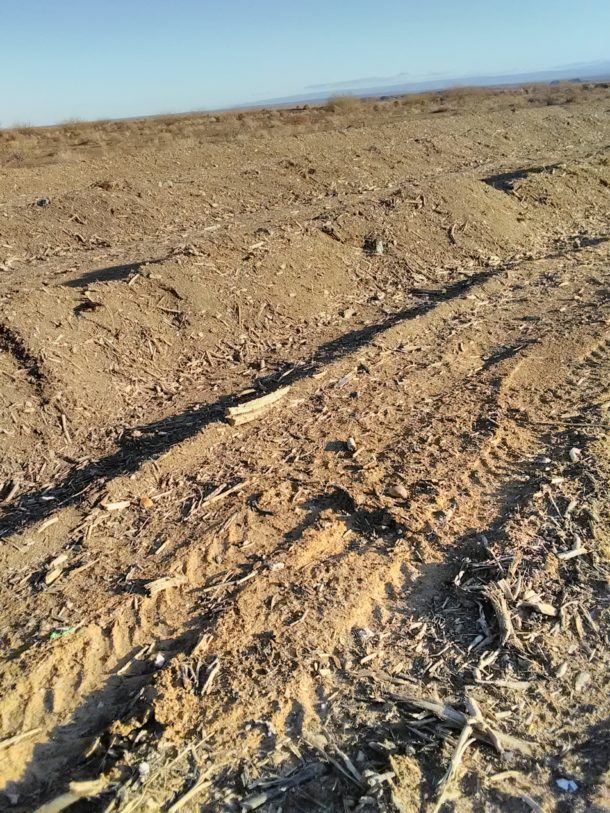
The compost that we made this year post-event is chilling (above) at the humanure farm and waiting to be used as starter compost for the next round. Once 2019’s is all processed we will be able to start using it to restore our new AfrikaBurn event site, and distribute it to farmers in the Tankwa for use on their land.
In October 2019, our crew visited the humanure for a check-up, and we can happily state that first-hand, there’s absolutely no smell, no flies, and it’s as dry as bone, thanks to the Tankwa’s dessicating low humidity conditions. Being left in the open air, bombarded with extreme heat and UV rays has reduced the piles to a dry pile of compost.
As part of our process, samples of the dried & remediated off-take from our toilets was bagged and sent to a Western Cape Government-run testing laboratory in Stellenbosch, and the results of the analysis have finally come in – and they’re excellent.
But don’t take our word for it – here’s word from Kharan Vanmali, who’s both a member of our DPW crew and also a qualified Biotechnologist (BSc Gen, Biochem, Biotech, UCT):
“I have taken a look at the sample analysis and everything looks good. The levels of NH4 are slightly high but for a compost that is fine (when mixed in soil). All the other nutrients are of high enough levels that we can officially say we have a compost! The Iron levels are not to be worried about. It is pretty high but I think its because it was a open air system out in Tankwa and the dust and soil that got in probably has a decent amount of Iron in it. That’s just my assumption for now though.
My only recommendation is that we test it for basic pathogenic microbes. This is normally the last step in quality assurance and it would put my mind at ease at least, also considering this is the first time we have done this.I also managed to speak to Dr. Gavin Cooper (PhD) who has done a lot of these reports before.
“Looks like a good average compost.
pH is satisfactory.
Sodium not high.
High Fe or iron and Aluminum is normal as this is a total ashed sample showing there is some soil in the compost.”
And there you have it folks – barring the last test (for pathogens, which is in progress and should be received soon), we’re confident that the toilet plan we created in 2017 in consultation with sanitation engineer Michael Mackenzie (who has a career of 22 years in the sanitation industry) was on point, and is doing the job that it was designed for.
To everyone that’s helped us get to this stage, we’d like to say a massive THANK YOU! We’re now looking at improving our toilet numbers, and the user experience, in 2020 so that not only will you continue to enjoy your Loo With A View, but also be helping the planet whilst at it.
See you in the toilet queue!
To read Kakpraat I, click on over this way.

